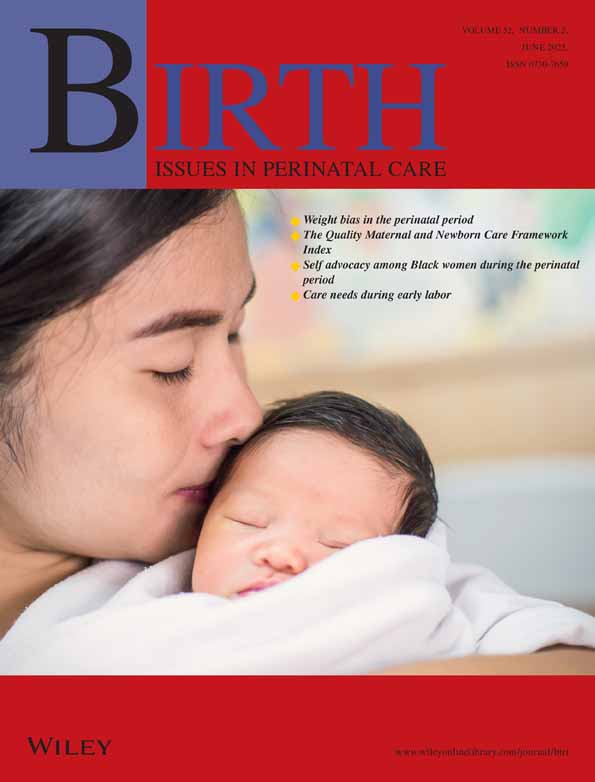A National Survey of Use of Obstetric Procedures and Technologies in Canadian Hospitals: Routine or Based on Existing Evidence?
Abstract
Background:
The objective of this national survey was to describe the routine use of procedures and technologies in Canadian hospitals providing maternity care, and to determine the extent to which current use was consistent with the existing evidence and recommended guidelines for maternal and newborn care.
Methods:
Representatives of 572 hospitals providing maternity care across Canada were sent questionnaires in the spring and summer of 1993; 523 (91.4%) responded. The primary outcome measures consisted of the self-reported use of obstetric procedures and technologies (perineal shaves, enemas/suppositories, intravenous infusions, initial and continuous electronic fetal heart monitoring, episiotomy rates). Hospitals were grouped according to location, size (number of live births per year), and university affiliation status.
Results:
The hospitals in the Prairie provinces, in Quebec, and in the Atlantic provinces were significantly less likely than those in Ontario to restrict their use of perineal shaves and enemas to women on admission in labor. Small hospitals were significantly more likely than large hospitals (> 1000 live births) to restrict their use of intravenous infusions, and initial and continuous electronic fetal monitoring. The university-affiliated and nonteaching hospitals were significantly less likely than the university teaching hospitals to have episiotomy rates of less than 40 percent for primiparous women. Small hospitals were more likely than large hospitals to report episiotomy rates of less than 20 percent for multiparous women.
Conclusions:
Considerable variations occur in the routine use of obstetric procedures and technologies in Canadian hospitals providing maternity care, according to hospital location, size, and university affiliation status. Despite the existing evidence suggesting that the routine use of these practices and procedures is both unnecessary and potentially harmful, a significant number of Canadian hospitals continued to use them routinely in 1993. (BIRTH 25:1, March 1998)




